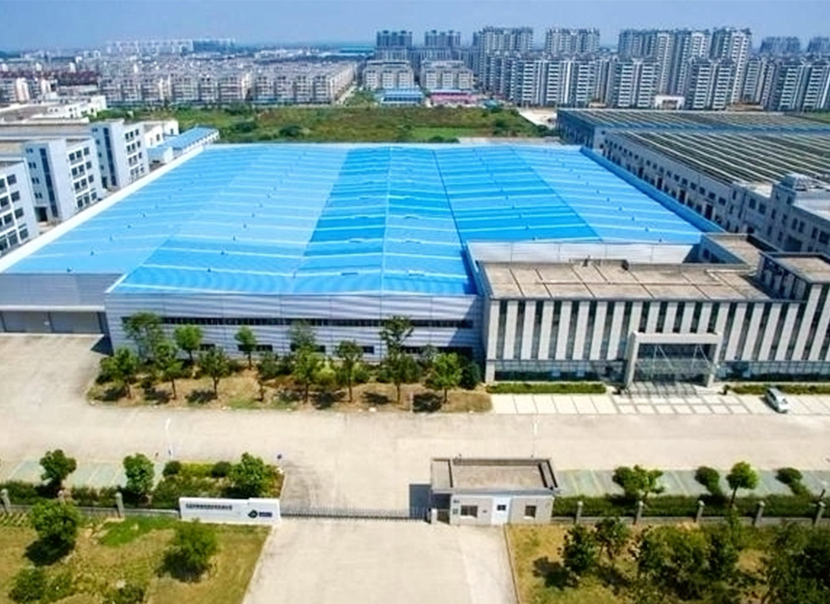There are several methods used to dry short cut pasta, each with its own advantages and considerations. Here are the main methods:
Air Drying: In this traditional method, pasta is laid out on racks or trays in a controlled environment with circulating air. The pasta is left to dry naturally over a period of several hours to several days, depending on factors such as humidity and temperature. Air drying is energy-efficient and preserves the texture and flavor of the pasta, but it requires significant space and time.
Dehydration Tunnels: Dehydration tunnels use forced air to accelerate the drying process. Pasta is conveyed through a tunnel while hot air circulates around it, removing moisture. This method allows for faster drying compared to air drying and can be more space-efficient, but it requires energy to operate and may affect the texture of the pasta if not carefully controlled.
Vacuum Drying: Vacuum drying involves placing the pasta in a vacuum chamber and removing air pressure to lower the boiling point of water, causing it to evaporate more quickly at lower temperatures. This method preserves the texture and flavor of the pasta while reducing drying time, but it requires specialized equipment and is more expensive to implement.
Freeze Drying: Freeze drying involves freezing the pasta and then subjecting it to a vacuum to remove moisture as ice sublimates directly into vapor. This method preserves the texture and flavor of the pasta exceptionally well and allows for long shelf life, but it is costly and requires specialized equipment.
Steam Drying: Steam drying involves exposing the pasta to steam to remove moisture. This method can be energy-efficient and preserves the texture of the pasta, but it may require additional processing steps to achieve the desired level of dryness.
Microwave Drying: Microwave drying uses electromagnetic waves to heat the pasta and remove moisture. This method can be fast and energy-efficient, but it requires careful control to prevent uneven drying and maintain pasta quality.
Each drying method has its own advantages and considerations, and the choice depends on factors such as production volume, available space, energy efficiency, and desired pasta quality.
Energy consumption is a significant consideration in short cut pasta production lines, as it can impact both the operational costs and environmental footprint of the manufacturing process. Here are some key energy consumption considerations:
Drying Process: The drying stage typically accounts for the majority of energy consumption in pasta production. Energy is required to heat the drying chambers or tunnels and to circulate air or steam for moisture removal. Optimal drying parameters, such as temperature and humidity levels, should be carefully controlled to minimize energy usage while ensuring thorough drying.
Extrusion and Mixing: Energy is also consumed during the extrusion and mixing stages of pasta production. Motors powering mixers, extruders, and conveyor belts require electricity, and optimizing equipment efficiency can help reduce energy consumption. Variable frequency drives (VFDs) can be used to control motor speeds and reduce energy usage during periods of lower production demand.
Water Heating: Heating water for dough preparation or cleaning purposes can contribute to energy consumption. Energy-efficient water heating systems, such as high-efficiency boilers or heat recovery systems, can help minimize energy usage in these processes.
Packaging and Material Handling: Energy is consumed in packaging processes, including sealing, labeling, and palletizing. Automation and optimization of packaging equipment can help minimize energy usage by reducing idle time and streamlining operations.
Lighting and HVAC: Lighting and heating, ventilation, and air conditioning (HVAC) systems in production facilities contribute to overall energy consumption. Using energy-efficient lighting fixtures and HVAC equipment, implementing occupancy sensors, and optimizing building insulation can help reduce energy usage in these areas.
Equipment Efficiency: Regular maintenance and proper calibration of production equipment can help ensure optimal energy efficiency. Upgrading to energy-efficient machinery or retrofitting existing equipment with energy-saving technologies, such as energy recovery systems or insulation upgrades, can also help minimize energy consumption.
Energy Management Systems: Implementing energy management systems (EMS) or monitoring and control systems can help track energy usage in real-time, identify areas of inefficiency, and implement corrective actions to reduce consumption. These systems may include energy monitoring software, smart meters, and automated control systems.
